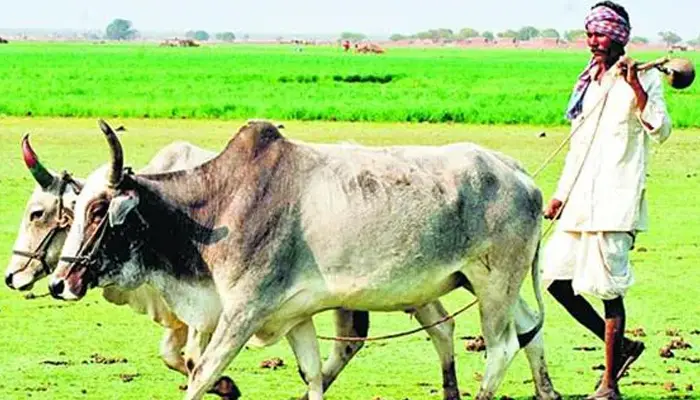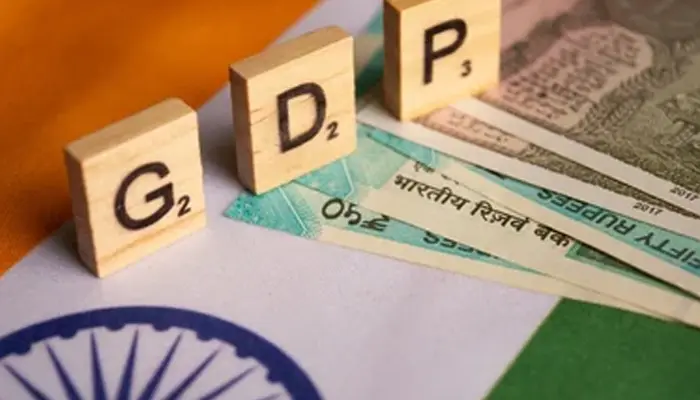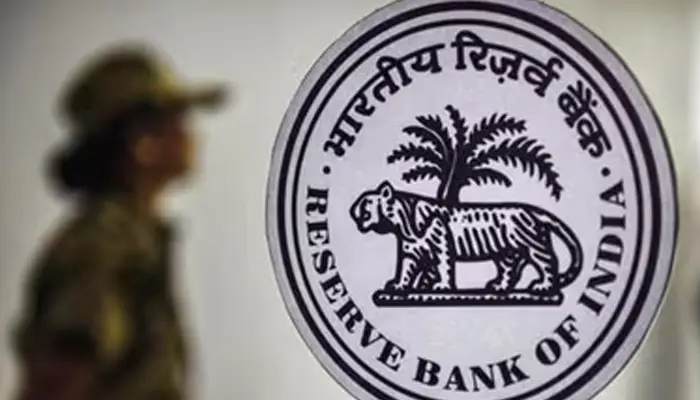
Do we only get impacted physiologically due to heatwaves? Or global warming has broader socioeconomic impact too?
Rapid rise in temperature associated with climate change, high carbon emission not only impact our lives, but also our economy.
The EU's Copernicus Climate Change Service (C3S) recently released a report mentioning: “The globe has now experienced 12 months with average monthly temperatures 1.58 degrees Celsius (2.8 degrees Fahrenheit) above the Paris threshold.”
Europe’s climate monitor said that “March was the hottest on record and the tenth straight month of historic heat, with sea surface temperatures also hitting a shocking new high.”
Every element of the nature is connected and any change has the potential to harm others. We, humans take all the benefits from nature and in return, we destroy it. However, nature has it's way to punish humans. “The world is estimated to be $1.5 trillion poorer than it would have been without climate change,” revealed a study released by the University of Delaware during COP28 in Dubai 2023.
In this article, we will discuss how such drastic climatic conditions can impact the economy of the nation.

Various perishable vegetables including onion, potato, and tomato depend on weather to remain healthy. Increase in temperature is impacting the viability of fresh vegetables, which in turn, affecting India's GDP.
Majority of Indians are still dependent on agriculture as major source of income. Thus, low crop yields can hurt the rural economy and push inflation in urban areas consequently.
In 2019, when the impact of El Nino was at its peak, India lost nearly $69 billion due to climate-related events. Furthermore,
Apart from that, floods $10 billion loss was reported during monsoon season.
Shift in temperature, humidity may lead to increase in operational costs in industrial sectors. As extreme climatic events like wildfire or cyclones are becoming more frequent, governments need to focus on building infrastructure to reduce the risks of climate-related losses. Even, rise in temperature is predicted to decrease labour performance.

As India is currently facing climate-related crisis, the impact is large on both macro and social environment. As per the estimate of Reserve Bank of India (RBI), up to 4.5% of India’s GDP would be at risk by end of this decade due to extreme heat and humidity.
As per RBI’s Department of Economic and Policy Research (DEPR) report on Currency & Finance 2022-23: “India may lose anywhere around 3 to 10 percent of its GDP annually by 2100 due to climate change in the absence of adequate mitigation policies.”
“The warning signs look scary. Indian agriculture (along with construction activity) as well as industry are particularly vulnerable to labour productivity losses caused by heat-related stresses. India may account for 34 million of the projected 80 million global job losses from heat stress associated productivity decline by 2030,” according to World Bank estimates.
“Preserving food and energy security amidst extreme climatic events while obtaining access to technology and critical raw materials required for successful green transition will, therefore, remain a key policy challenge for India,” said Shaktikanta Das, governor, RBI.

Now, policymakers are focusing on stabilizing finance from climate change. It includes embracing green infrastructure, green bonds, and incentivising green financing.
Now, the big question is, are we ready to face the consequences of climate change?